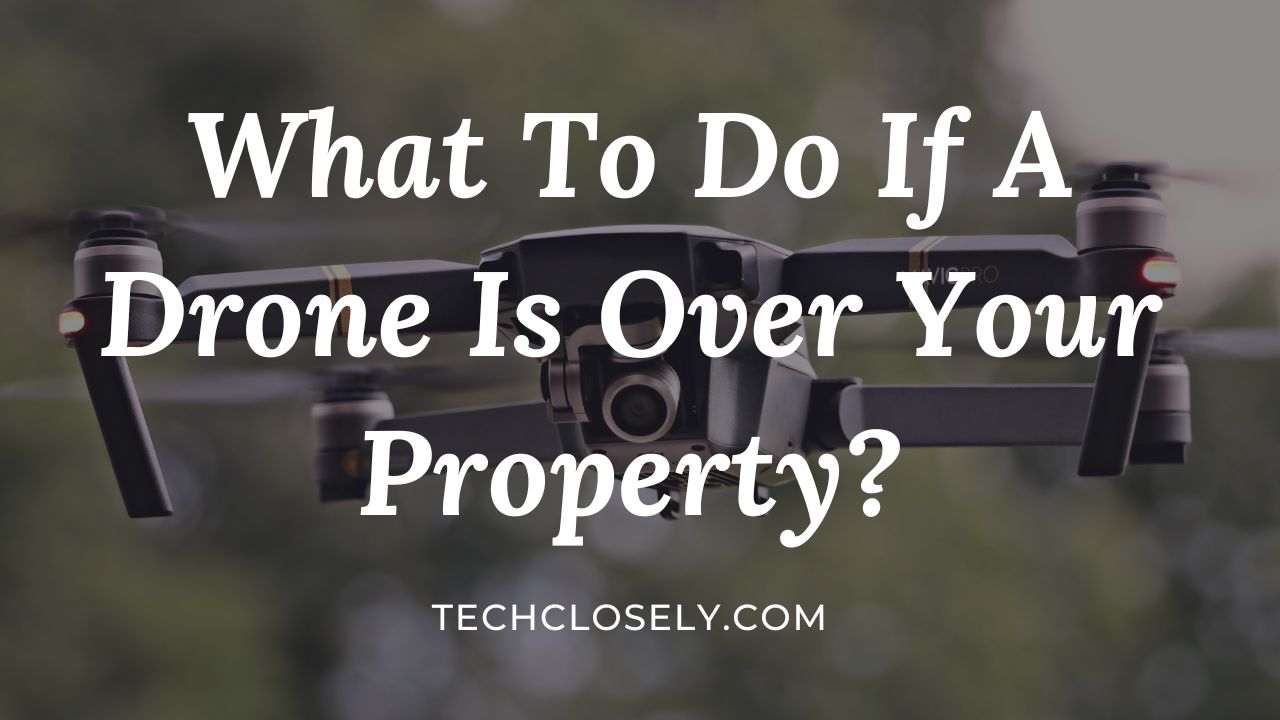Imagine a tranquil afternoon in the comfort of your backyard, a moment of solitude and serenity interrupted by an unexpected intrusion. Above you, an uninvited drone hovers, its presence casting a shadow over your sense of privacy. You find yourself wondering, “What are my rights? How can I protect my personal space?”
In today’s technologically advanced world, such encounters are becoming increasingly common. Drones have unlocked new frontiers and possibilities. Yet, their soaring popularity has also raised concerns about privacy violations and trespassing in the skies above.
In this blog post, we embark on a journey to unravel the steps you can take if a drone invades your property, transforming an unsettling encounter into a story of empowerment.
We will navigate the legal landscape, understand the nuances of drone regulations, and empower you to safeguard your privacy rights.
Can I Remove a Drone from the Airspace above my property?
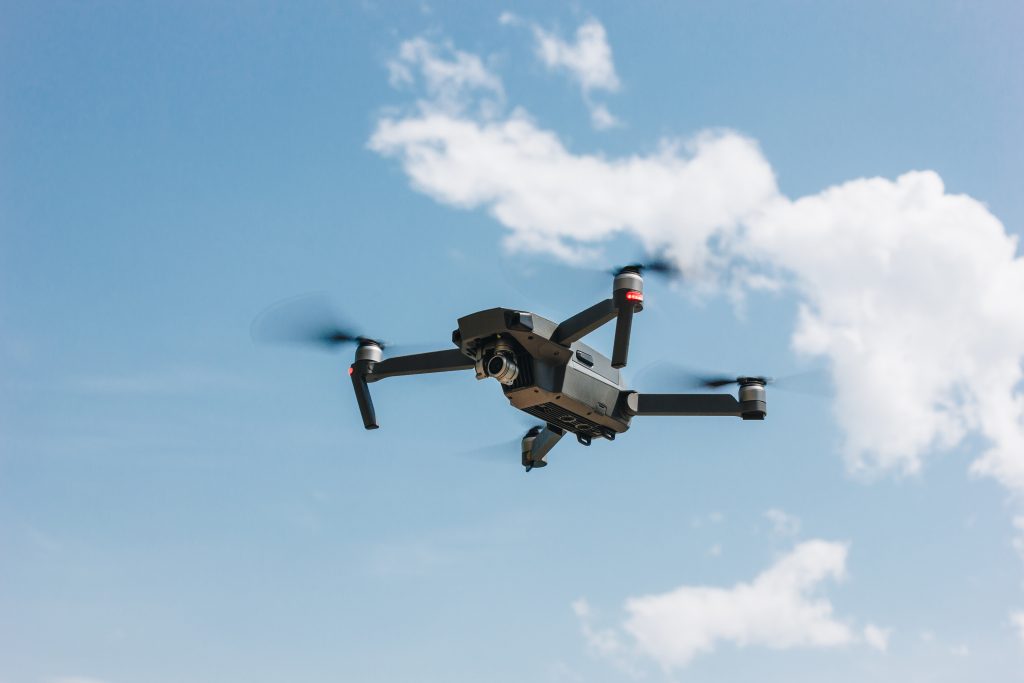
In most cases, as a property owner, you do not have the legal authority to physically remove a drone from the airspace above your property.
The airspace is generally considered to be under federal jurisdiction, and national or regional aviation authorities govern the rule of drone operation. Attempting to forcibly remove a drone can potentially lead to legal consequences or pose safety risks.
The authority to regulate drone operations lies with aviation authorities, who have established guidelines and regulations to ensure safe and responsible drone use.
These regulations typically dictate where drones can fly, altitude limits, and restrictions around sensitive areas such as airports or government facilities.
Understanding the Laws and Regulations
Understanding the drone laws and regulations surrounding drones is crucial when dealing with a drone over your property. Here are the key steps to take:
Overview of Drone regulations in your country/region:
Begin by researching and familiarizing yourself with the drone regulations specific to your country or region.
These regulations are typically enforced by aviation authorities and may include guidelines on drone registration, pilot licensing, operating restrictions, and airspace regulations.
Visit the official website of your country’s aviation authority or drone regulatory body to access the relevant information.
For example, in the United States, you must follow the rules of the federal aviation administration. So, if you are in the US, you must familiarize yourself with the faa regulations.
Researching local ordinances and regulations:
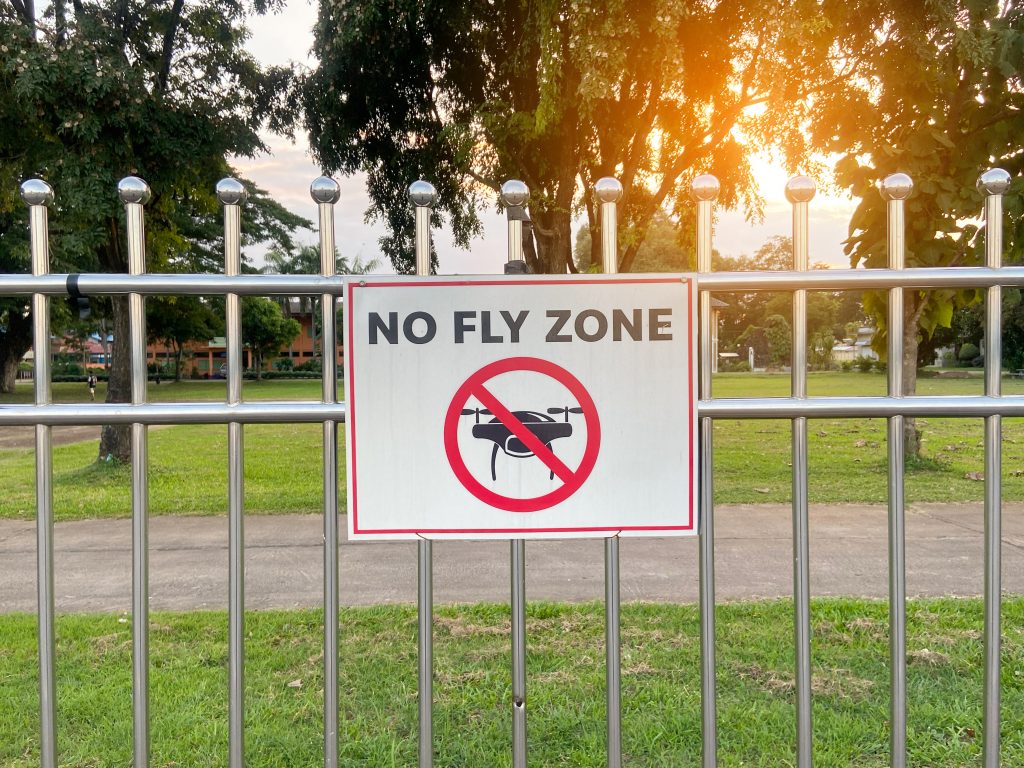
In addition to national or regional regulations, local municipalities or jurisdictions may have their own ordinances or bylaws that govern drone operations. These local regulations could include restrictions on flying drones near public spaces, residential areas, or specific landmarks.
Check with your local government offices or municipality websites for any specific rules that may apply to your area.
Familiarizing yourself with privacy laws:
Understanding privacy laws is essential when it comes to drones, as their capability to capture images and record videos can potentially infringe upon personal privacy.
Research the privacy laws in your country or region to understand the rights and protections afforded to individuals regarding the unauthorized capture of images or invasion of privacy.
Pay particular attention to any laws or guidelines specific to drones or aerial surveillance.
By gaining a comprehensive understanding of the drone regulations, local ordinances, and privacy laws in your country or region, you can ensure that you are well-informed about the rights and responsibilities involved.
This knowledge will empower you to address the presence of a drone over your property effectively, make informed decisions, and engage with relevant authorities or legal professionals when necessary.
Remember to regularly check for updates in these laws and regulations, as they may evolve over time to adapt to the changing landscape of drone technology and its impact on privacy and airspace management.
Legal Ways to Stop a Drone from Flying Over Your House
When faced with a drone flying over your property without permission or causing concern, there are several legal steps you can take to address the situation. It’s important to remember that laws and regulations may vary depending on your country or region. Here are some legal options to consider:
1. Ask the Drone Pilot to stop Flying
If you can identify the drone pilot or operator, politely approach them and ask them to cease flying the drone over your property.
Explain your concerns and emphasize your rights to the drone owner who is flying the drone.
In some cases, they may not be aware of the impact their drone is having, and a respectful conversation can lead to a resolution.
2. Contact local law enforcement/call police in your Area
If the drone pilot refuses to comply with your request or if you believe there is an immediate threat to safety, contacting local law enforcement is a viable option. They can assess the situation, enforce relevant laws, and address any potential violations. It is important to know when it is appropriate to involve law enforcement and to provide them with accurate and detailed information about the incident.
3. Contacting Authorities
Knowing when to involve local law enforcement: Assess the situation and involve local drone law enforcement if the drone poses a clear risk to safety, invades your privacy, or violates any applicable local laws or regulations. Examples may include instances where the drone is being flown recklessly, interfering with your daily activities, or repeatedly trespassing on your property.
Providing relevant details and evidence to the authorities: When contacting the authorities, provide them with as much information as possible about the incident. Include details such as the date, time, and location of the drone sighting. If possible, take photographs or videos of the drone to provide visual evidence. Any additional relevant details, such as identifying marks or distinguishing features of the drone, can also assist the authorities in their investigation.
Cooperating with the authorities’ investigation, if applicable: If the authorities decide to investigate the incident further, it is important to cooperate fully. Provide any additional information or evidence they may request and be available to answer their questions. Your cooperation will help them assess the situation accurately and take appropriate action based on the laws and regulations in place.
Remember, the actions you take should always prioritize safety and be within the bounds of the law. Understanding your rights, documenting the incident, and involving the appropriate authorities when necessary can help ensure a peaceful resolution while upholding your privacy and property rights.
How to Ignore the Drone which Is Over Your Property
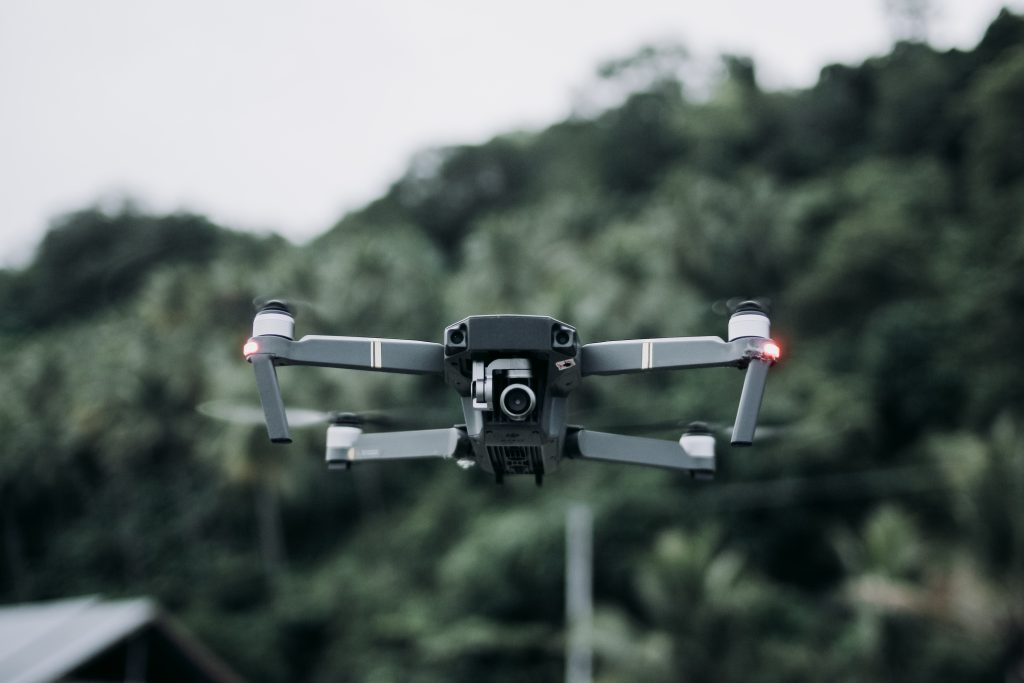
If a drone is flying over your property and you prefer to ignore its presence rather than take action, here are some steps you can follow:
Assess the situation: Evaluate the drone’s behavior and proximity to your property. Determine if it poses a direct risk or if its presence is simply an annoyance. If you believe it is not causing immediate harm or invading your privacy, you may choose to ignore it.
Close the windows: You may also choose to close your windows to further protect your privacy when a drone is flying over your property. Closing the windows can help prevent any potential visual intrusion and provide an added sense of privacy.
However, it’s important to emphasize that taking action to protect your privacy should be based on your personal comfort level and the specific circumstances of the drone’s presence.
Closing the windows may not be necessary if the drone is flying at a considerable height or does not appear to be intentionally invading your privacy.
Focus on privacy measures: Ensure that your property is adequately protected for privacy. This may include installing fences, planting privacy hedges, or using window coverings to shield your home and outdoor areas from prying eyes.
Avoid engaging with the drone: Refrain from attempting to communicate or interact with the drone operator, as this may escalate the situation unnecessarily. Instead, focus on maintaining your privacy and preserving a sense of calm.
Stay informed: Keep up to date with the laws and regulations regarding drones in your country or region. This will help you understand your rights as a property owner and any changes in drone regulations that may affect your situation.
Remember, it’s generally advisable to only take action if you have reasonable grounds to believe that your privacy is being violated, such as if you notice a drone equipped with a camera specifically spying on you or your property. In such cases, you may consider taking further steps, such as documenting the incident and potentially involving local authorities, as previously discussed.
Ultimately, assessing the situation, prioritizing your safety, and making informed decisions based on your comfort level and the laws and regulations in your area will help you navigate the presence of a drone over your property while preserving your privacy.
Illegal Methods to Stop a Drone flying over your property
It is important to note that engaging in illegal methods to stop a drone from flying over your property is not recommended.
Taking such actions for this small unmanned aircraft can lead to legal consequences, cause harm to others or property, and potentially escalate the situation. It is essential to respect the law and prioritize safety.
Here are some illegal methods to avoid:
Shooting down the Drone
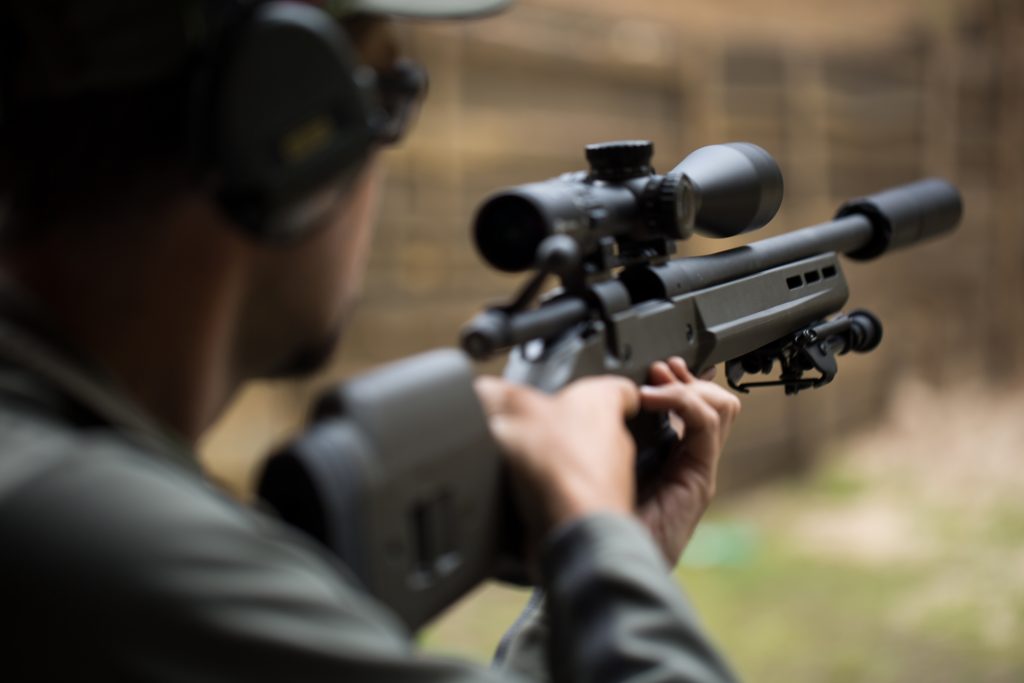
Intentionally shooting down a drone is illegal in most jurisdictions. Doing so can endanger others, cause property damage, and violate aviation regulations.
It is crucial to refrain from using firearms or any other weapons to target a drone.
Damaging or sabotaging the Drone
Tampering or damaging a drone, regardless of its location or intent, is illegal. This includes attempting to physically grab, damage, or interfere with the drone’s flight by throwing objects or using tools. Destruction or vandalism of someone else’s property is against the law.
Using signal jammers
Signal jammers are devices that disrupt radio frequencies and can interfere with a drone’s control signal. The use of signal jammers is illegal in most countries, as they can disrupt critical communication systems and pose safety risks to other manned aircraft or other moving vehicle in the sky.
Creating physical barriers that Pose Danger
Constructing physical barriers, such as obstacles or hazards, specifically designed to damage or crash drones, is not only illegal but also dangerous. Intentionally causing a drone to crash can result in property damage, injuries, or legal consequences.
Nets
Using nets to physically capture a drone mid-flight can be dangerous and potentially illegal. It poses risks to the operator, bystanders, and property. Additionally, intentionally capturing or damaging someone else’s drone without legal authority may lead to legal consequences and potential liability for damages.
Lasers
The use of lasers to disrupt or disable an unmanned aircraft system or a drone is generally discouraged and can have legal implications.
Shining a laser at a drone may interfere with the pilot’s vision, potentially causing accidents or endangering others.
Moreover, some jurisdictions have laws in place that restrict the use of lasers, especially if they are directed at aircraft.
Conclusion
I hope after reading the article now, you know what to do if a drone is over your property. Encountering a drone flying over your property can be a disconcerting experience, but it is essential to approach the situation with knowledge and an understanding of the legal options available.
Throughout this blog post, we have explored the steps you can take to address the presence of a drone over your property while safeguarding your privacy rights and respecting the law.
By understanding the drone regulations specific to your country or region, researching local ordinances, and familiarizing yourself with privacy laws, you can navigate the legal landscape and make informed decisions.
When faced with a drone over your property, engaging in legal methods such as requesting the drone pilot to stop flying, contacting local law enforcement, or involving the authorities when necessary is crucial.
Cooperating with the authorities’ investigation, providing relevant details and evidence, and seeking legal advice are steps that can help address the situation within the boundaries of the law.
Additionally, it is important to avoid resorting to illegal methods, such as shooting down the drone, damaging or sabotaging it, using signal jammers, or creating physical barriers that pose danger. These actions not only have legal consequences but also risk causing harm to others or property.
Ultimately, ensuring your privacy and protecting your rights in the face of a drone intrusion requires a balanced approach. It is advisable to consult with local authorities or legal professionals for specific guidance tailored to your circumstances.

